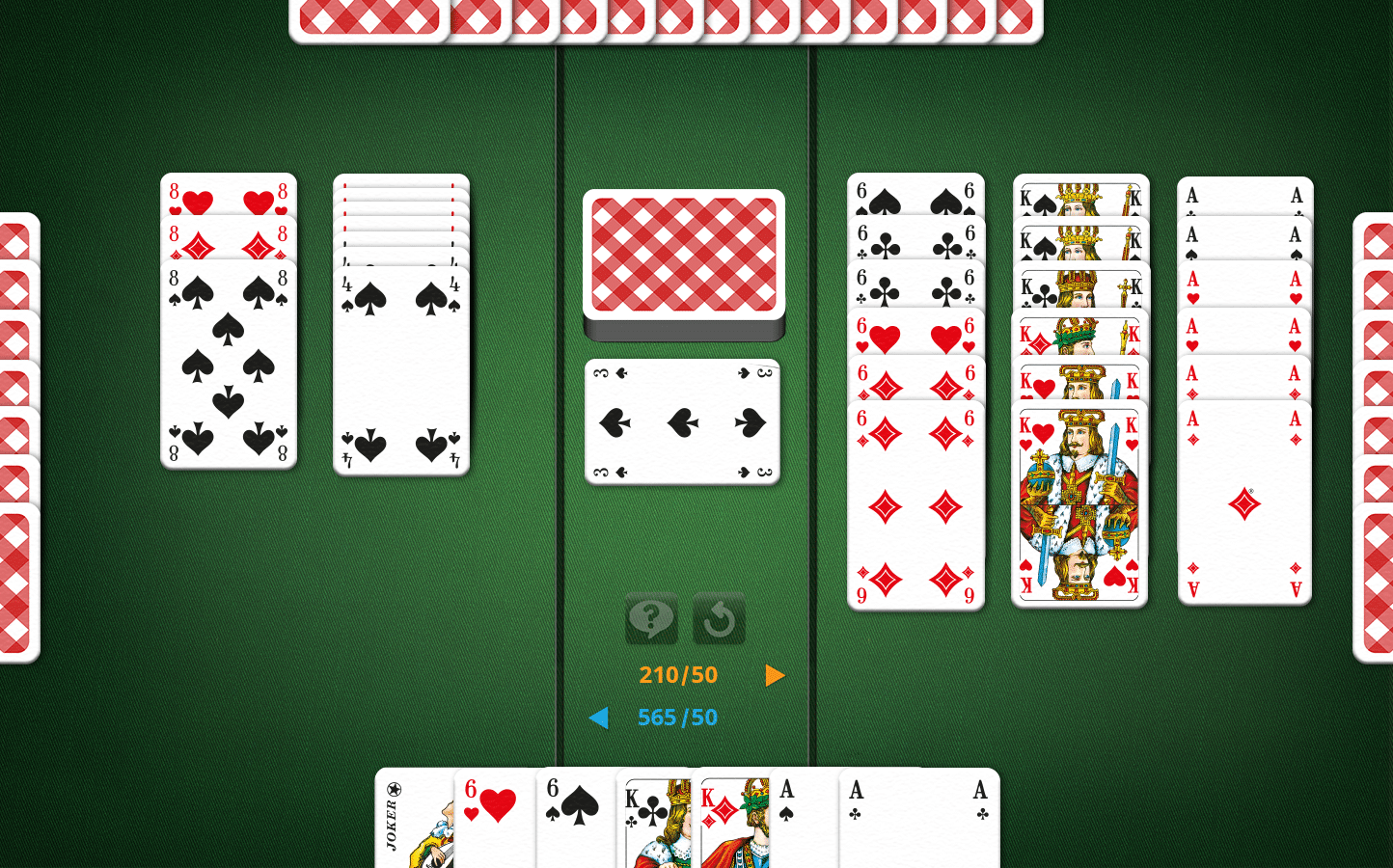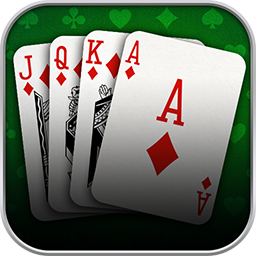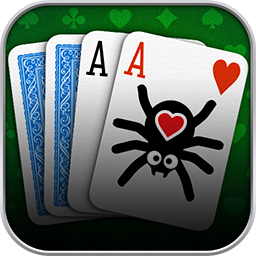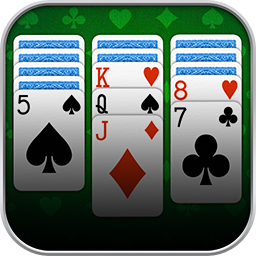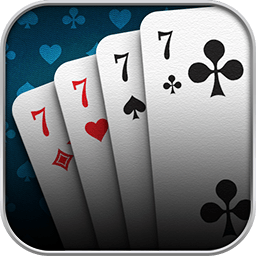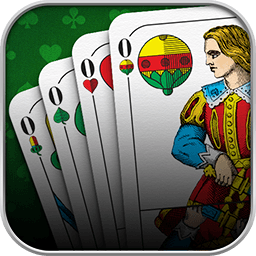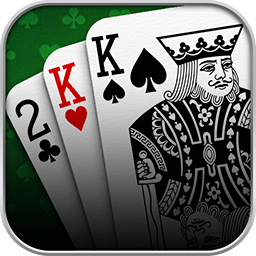Sometimes it seems like winning is not meant to be, and you only draw cards that do not bring you forward. At the same time, your hand is full of cards that would only help your opponents gain points should you discard them. We will call these cards dangerous cards from here on out. Now, how do you get out of that situation?
Assess the Risk
You should try to get rid of your dangerous hand cards. When the opposing party did play a few smaller melds, you can carefully swallow the pill and discard a card that is useless to you but that your opponents might add to their meld. After all, this is the only way to gradually exchange your hand cards for more useful cards by drawing.
It is worth reconsidering that step when the discard pile grew very tall already: If your opponent can add your discarded card to one of their melds, many cards potentially bringing even more points will fly into their hand.
If you simply have no other option, you will have to play into your opponent’s hands and hope for the best when drawing the next card from the stock – for example, in the form of a block card or a wild card.
Block the Discard Pile
As long or as soon as you have a block card in hand, you are safe for at least one turn.
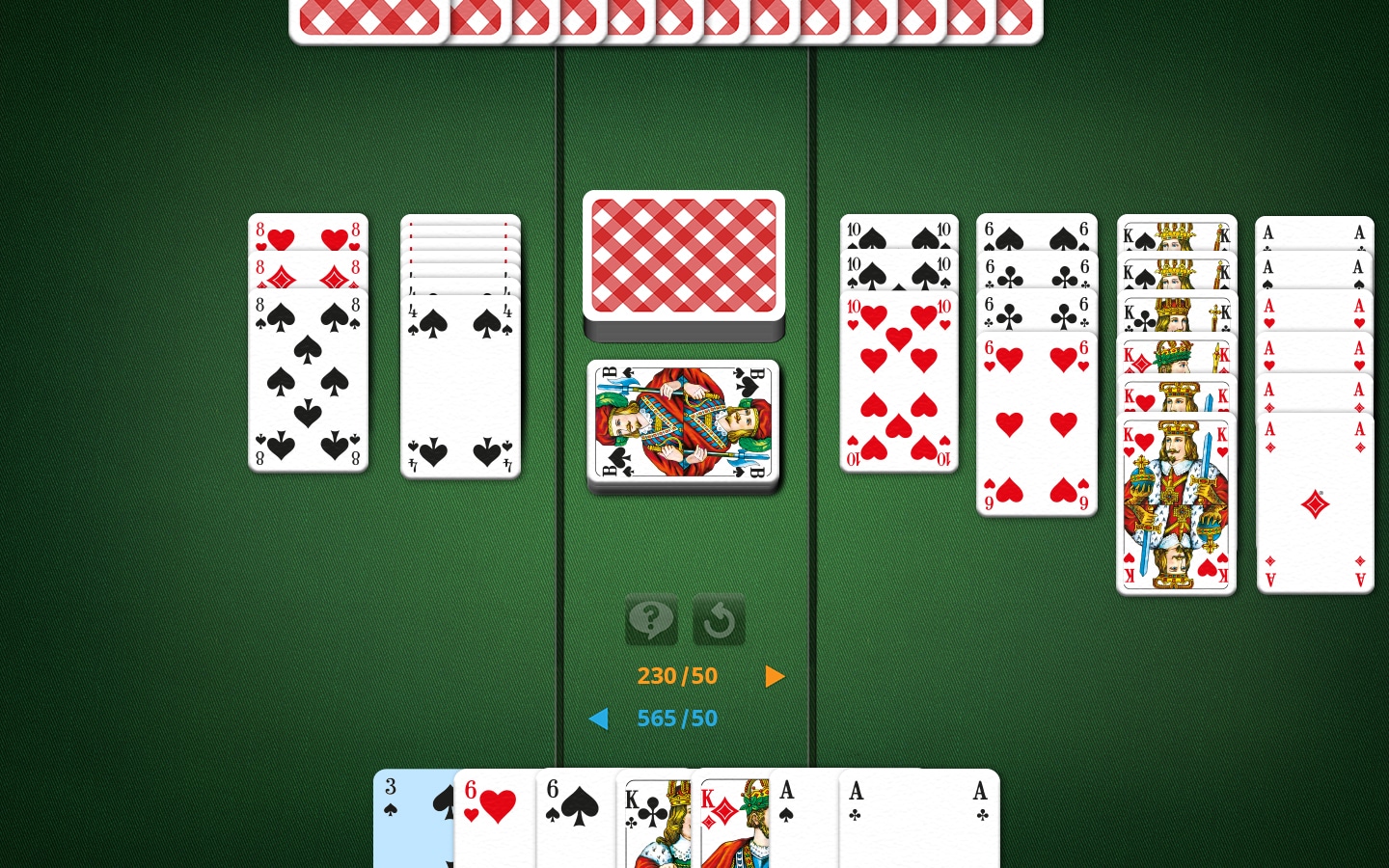

Block cards are the black Threes. You cannot meld them mid-game anyway, so you might as well place them on the discard pile. By doing so, the discard pile is blocked for the next player, and your opponent must draw from the stock. At the same time, you do not have to reveal any of your dangerous cards. Especially in a game of four, a lot can change and open new chances for your team until your next turn.
Best: Freeze the Discard Pile
In a situation like that, a wild card, i. e., a Two or a Joker, is heaven-sent! If the rest of your hand serves your opponent, do not use your wild card to form any meld. Or else, you will have the same problem as before that turn, just with a few more points on your side.
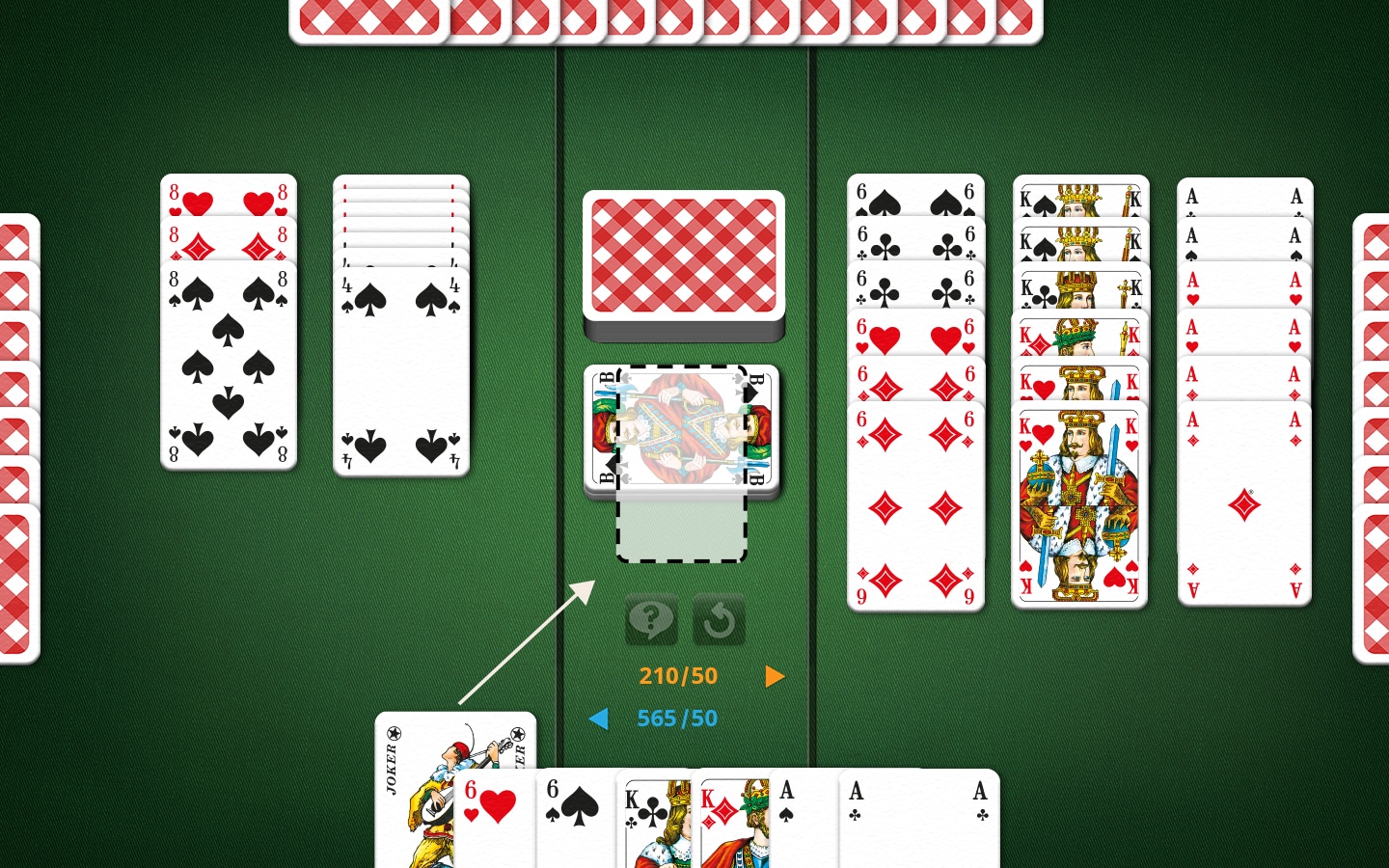
Discard the wild card by placing it on the discard pile rotated by 90°. Even when it is not on top, the wild card remains visible and signals that this pile is frozen! A single wild card is enough to freeze the pile permanently. Now, anyone needs two natural hand cards to meld with the discard pile’s top card if they want to thaw and pick up the discard pile. This goes for all players as long as the wild card is in the discard pile.
As long as the wild card remains on top, the discard pile is also blocked for the next player, and your opponent must draw from the stock.
Your Advantage
When your opponents have a meld, it is unlikely that someone in that party retained two matching natural cards of that rank in their hand. While we would not put that past especially cunning tacticians, the chance for that is low and they probably don’t have the means to thaw the discard pile. And they have no chance to do so at all if they are only one card short of a natural canasta and you are holding one or even both of the missing cards.
Quick reminder: Each rank occurs eight times in a game of Canasta. When six cards of the same rank are already in the playing field, and you are discarding another one on the frozen discard pile, there is only one more matching natural card in the game. Thus, it is impossible to thaw the discard pile with two natural cards.
If you keep this in mind, you can drop off your dangerous cards in the following turns with relatively low risk. Your opponents cannot just add them to their melds, and you finally have a chance to draw and keep new cards to score with.
Now, you are ready for your next Canasta round! If you want to learn more, please check out the Canasta School, featuring comprehensive information on playing Canasta. If you want to know more tactics and rules of thumb, you can go straight to the Canasta Lessons.
